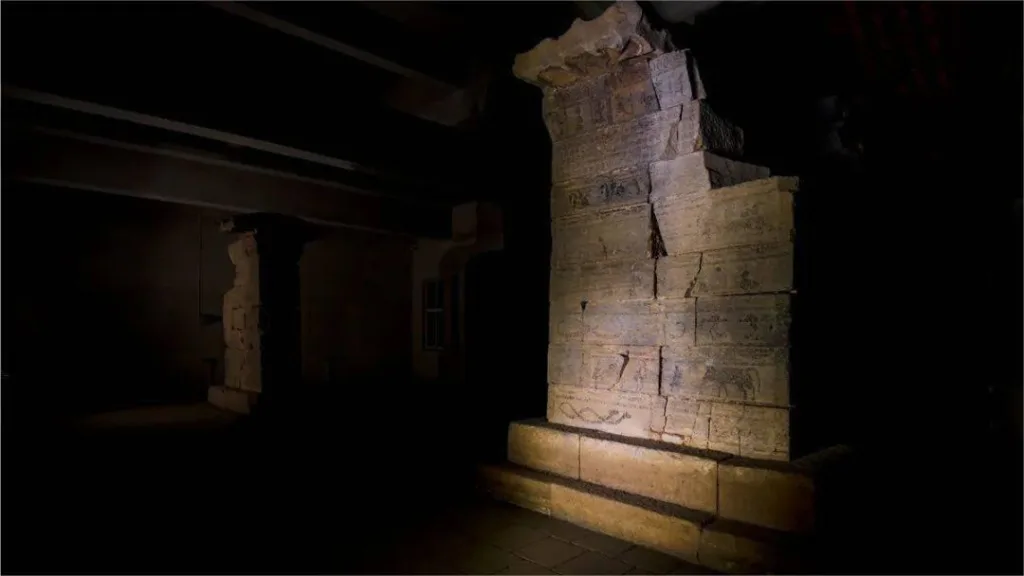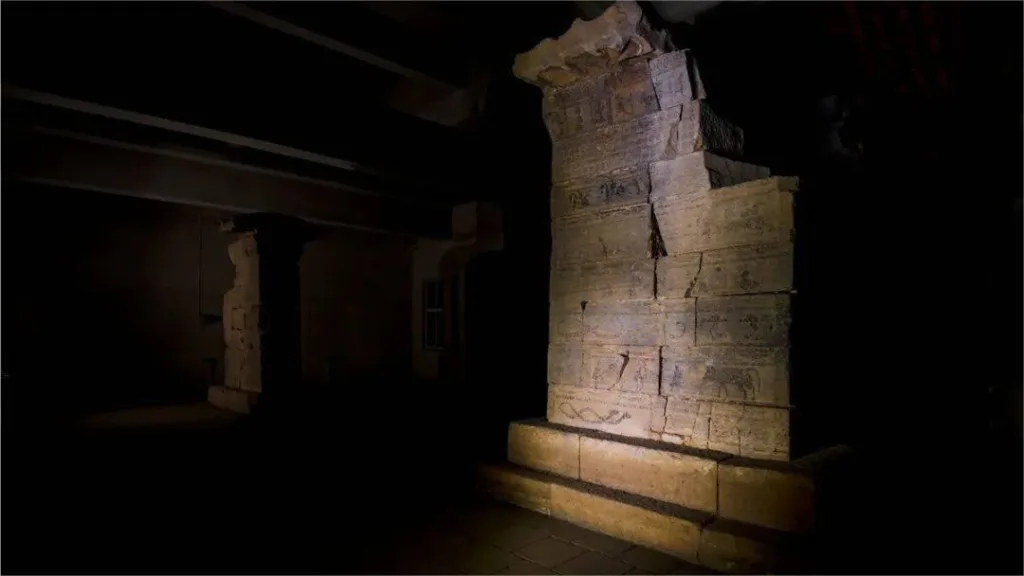Puertas de Qimu Que, Henan - Ubicación y puntos destacados


The Qimu Que Gates (启母阙), also known as the Kaimu Que Gates, are situated at the southern foot of Wansui Peak on Mount Taishi en la ciudad de Dengfeng, Zhengzhou, Henan Province, China. Built in the second year of the Yongguang era of the Eastern Han Dynasty (123 AD) by Zhu Chong, the magistrate of Yingchuan, the Qimu Que Gates are part of the ceremonial pathway leading to the Qimu Temple, commemorating the legendary figure of Tu Shan, the wife of the Yu the Great, who transformed into a massive stone that split open to give birth to Qi (the sone of Yu the Great). During the reign of Emperor Wu of Han, a temple was constructed at the site of the split stone, known as the Qimu Temple, although it no longer exists today. The Qimu Que Gates, along with the Taishi Que Gates and the Shaoshi Que Gates, form the “Three Han Que Gates of Zhongyue.”
Constructed from hewn stone, the Qimu Que Gates consist of two gates, east and west, with a current height of 3.17 meters. The west gate features two inscriptions on its northern face: one is the Qimu Que inscription in seal script, while the other is a pray-for-rain inscription in clerical script, composed by Tang Xidian. The inscription recounts a massive flood in ancient China. Gun attempted to control the waters by blocking them, but failed, leading to his demise. Yu the Great, however, successfully managed the floods by dredging rivers and channels, thereby earning praise for his resilience and foresight. The latter part of the inscription highlights the benevolence of the Han Dynasty, attributing the prosperity of the empire to divine blessings received through the construction of temples and the observance of rituals.
The Qimu Que inscription is one of the best-preserved inscriptions among the “Three Han Que Gates of Zhongyue.” Its seal script is characterized by a rounded and dense structure, distinct from the angular and vigorous style of Qin or Western Han seal script, as well as the open and clear style of Yuan’an inscriptions. The carvings on the gates depict various scenes, including equestrian skills, horseback riding, acrobatics, magic tricks, elephant training, Guo Ju burying his son, Yu the Great transforming into a bear, tiger hunting, twin dragons, the Moon Palace, and cuju (an ancient Chinese ball game). Notably, the cuju scene portrays a woman with an elaborate hairstyle kicking a ball while two individuals accompany her with drumming, capturing the lively atmosphere of Han Dynasty cuju matches.
The artistic style of the Qimu Que Gates employs alternating curved lines to create a sense of movement and dynamism, enhancing the depiction of Yu the Great’s transformation and evoking a sense of mystery and wonder. This innovative approach in carving techniques demonstrates the bold creativity of Han Dynasty artisans in portraying dynamic figures.
The Qimu Que Gates’ carvings possess significant historical, artistic, and scientific value, occupying an important position in the global history of stone carving. Additionally, the architectural components carved on the gate’s roof provide valuable insights into the construction techniques of the Han Dynasty.
Lugares históricos de Henan, Atracciones de Zhengzhou